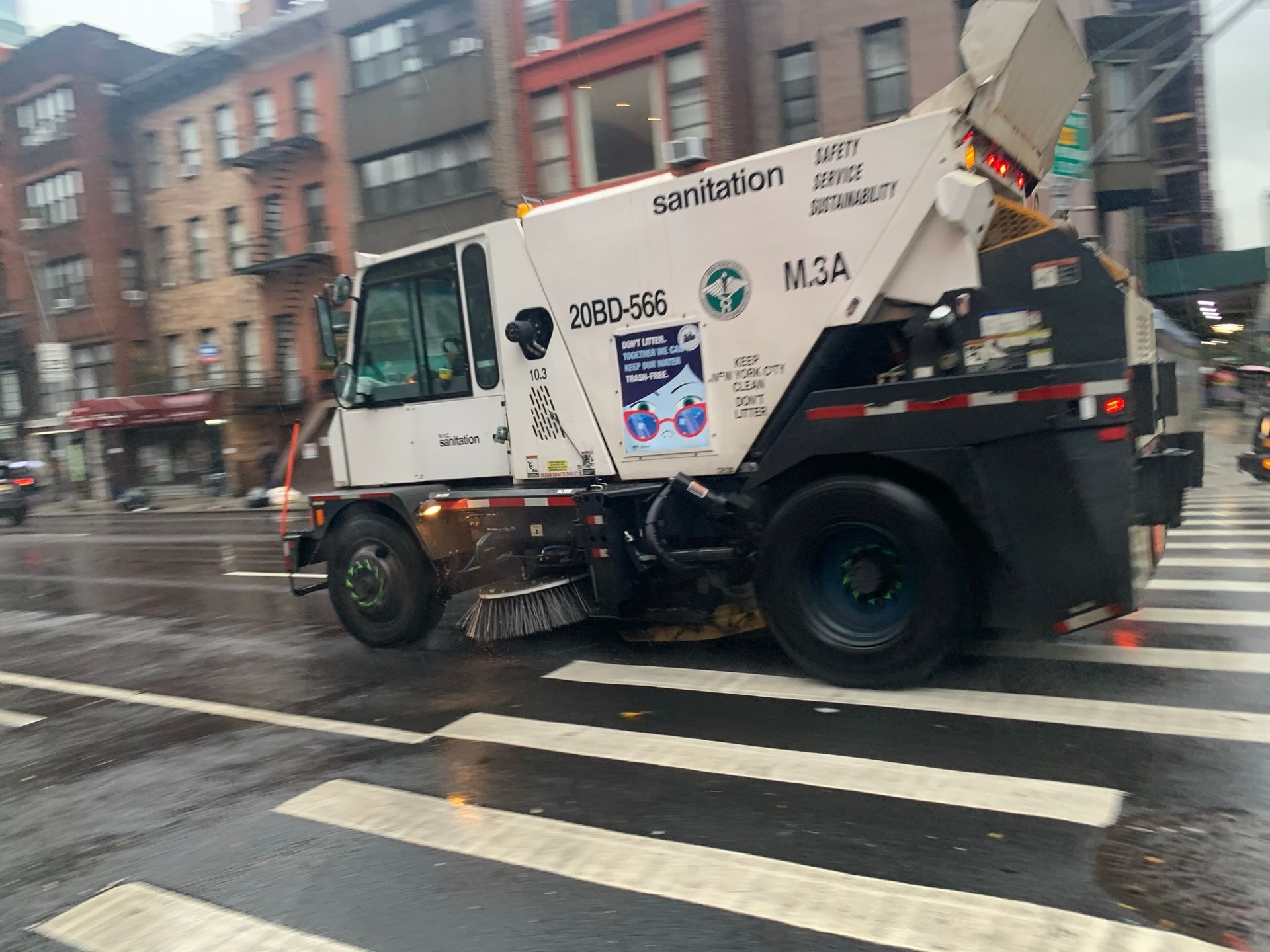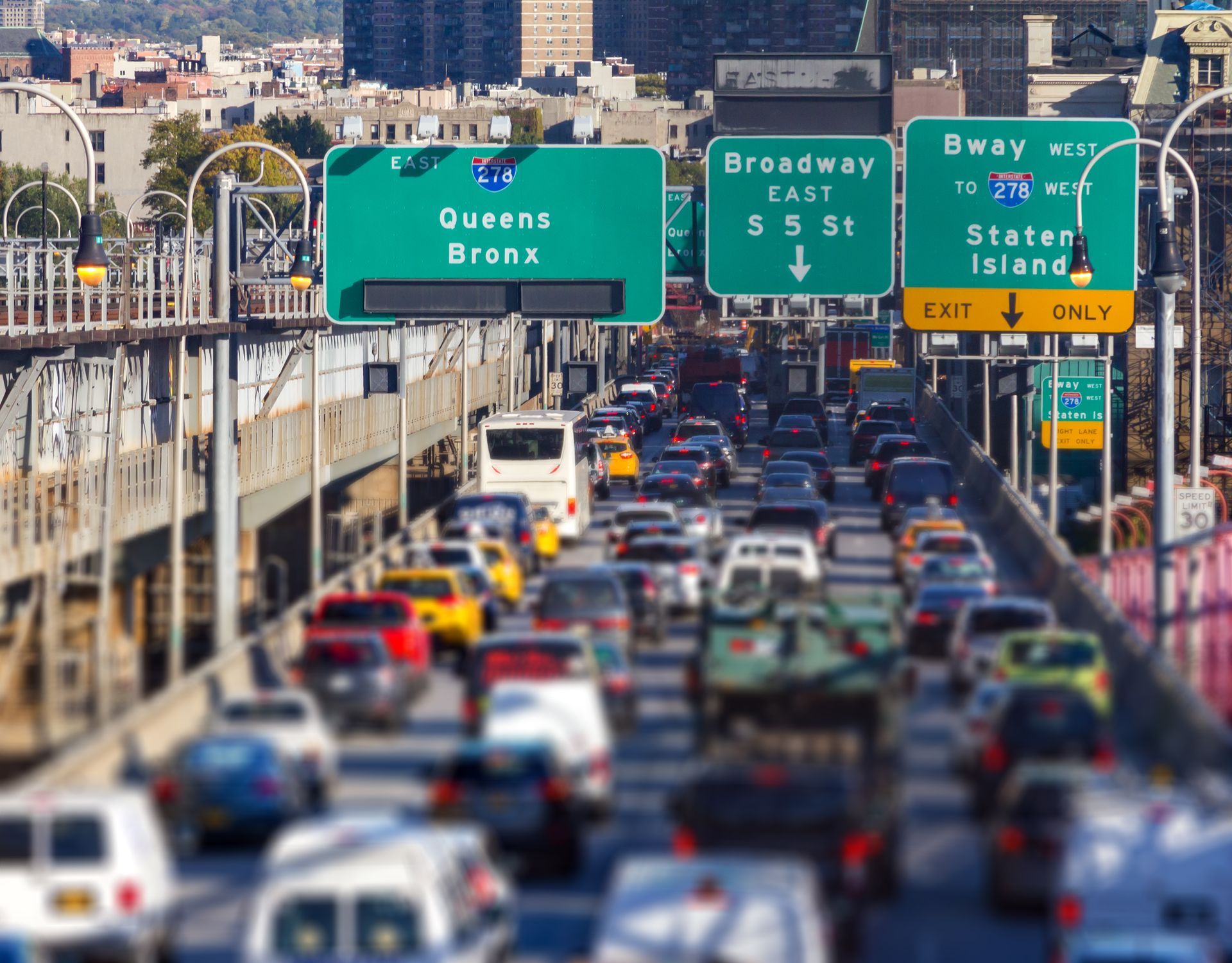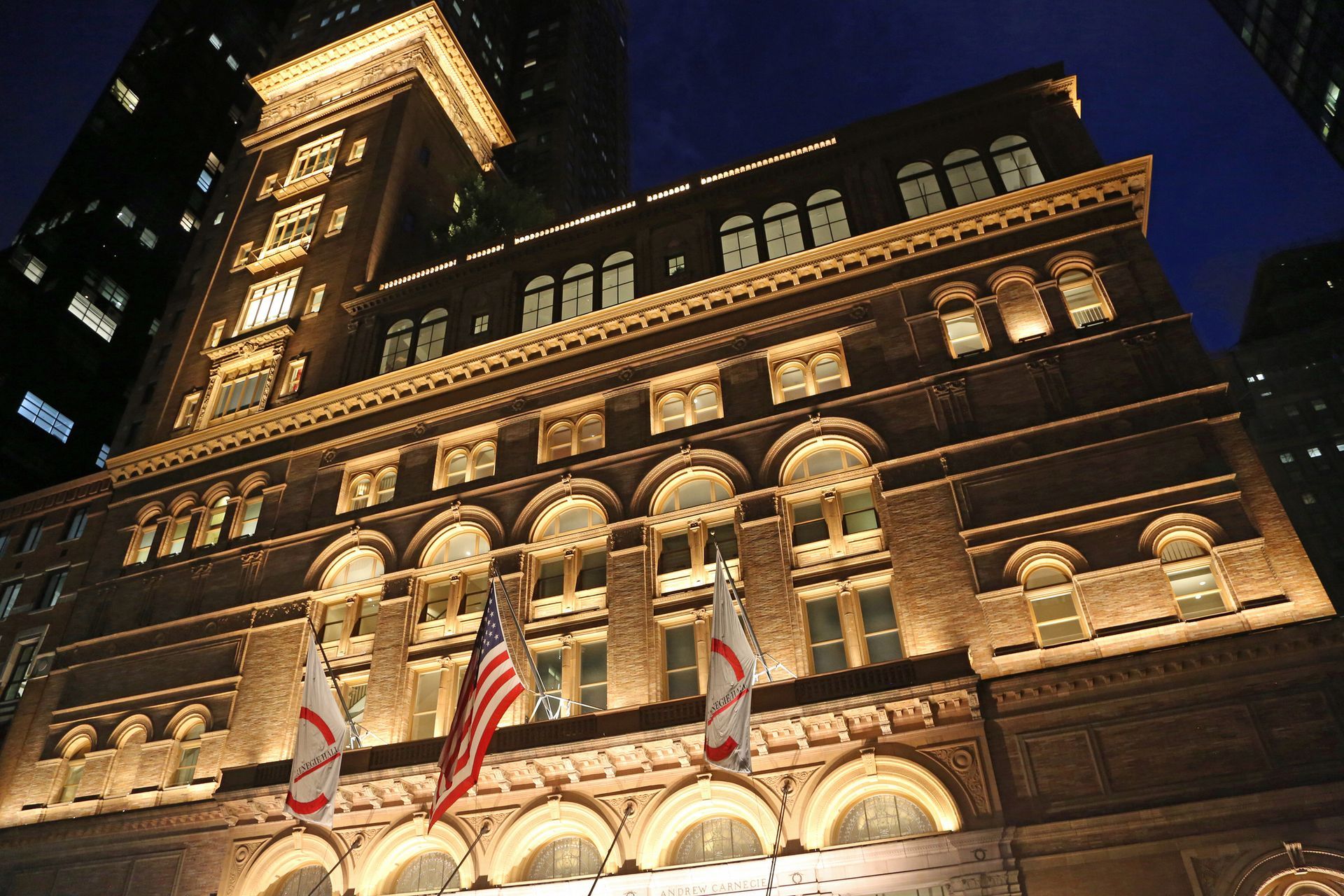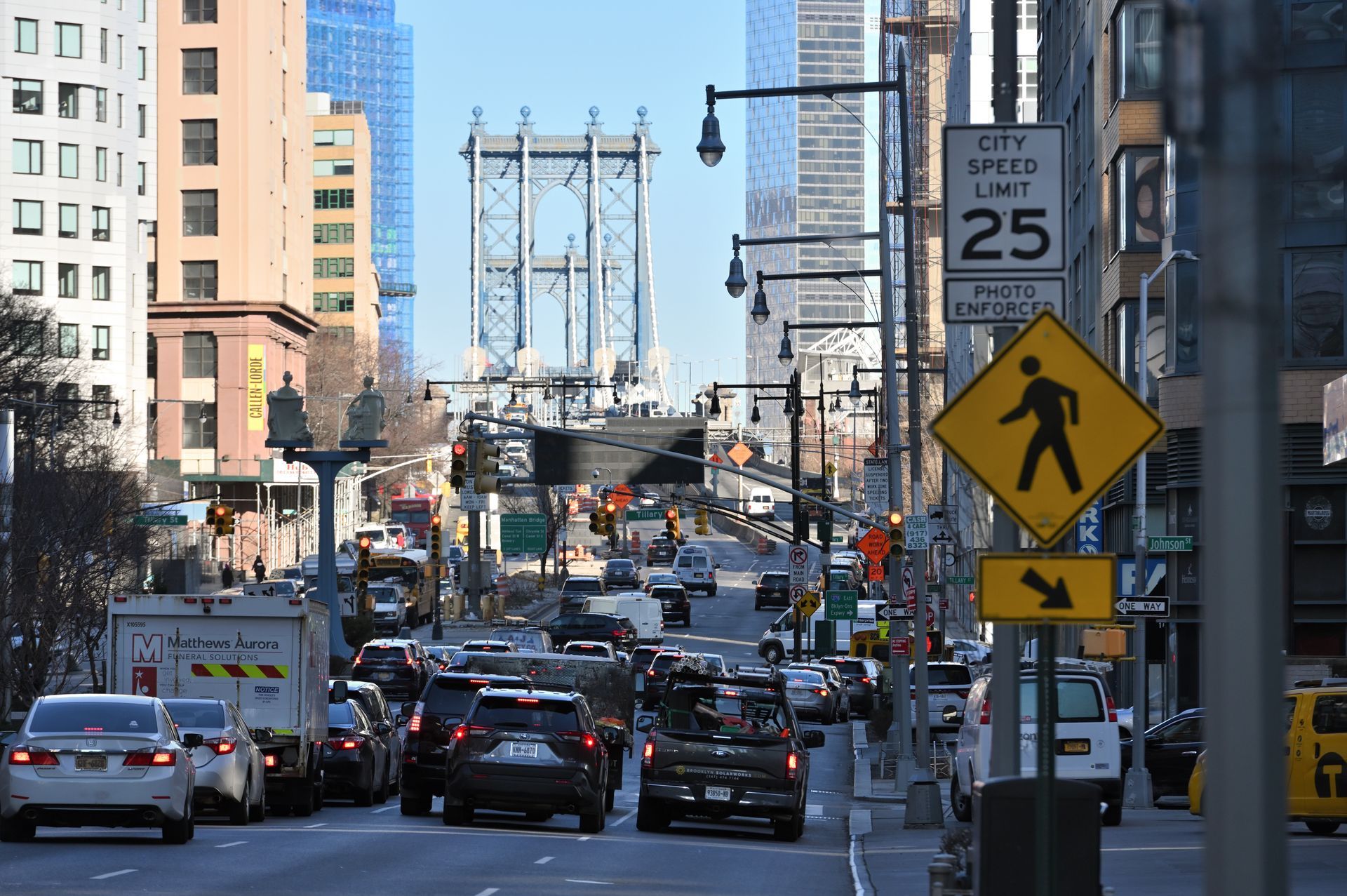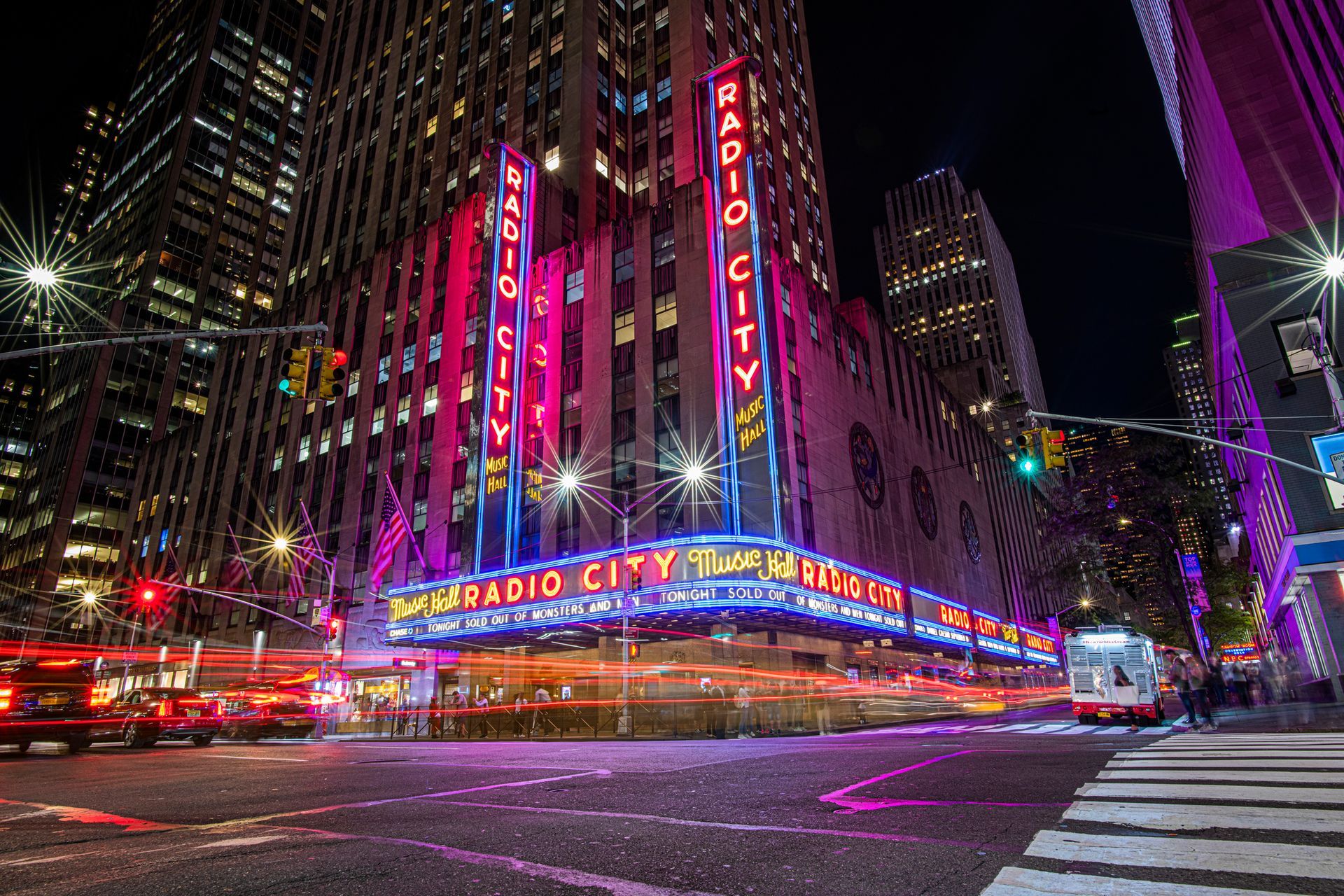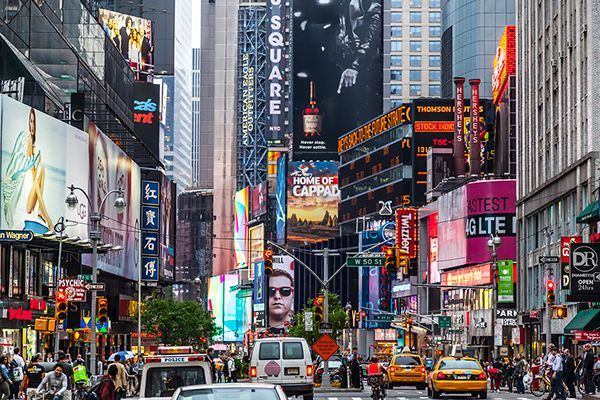The history of parking in New York City

The history of parking in New York City is a fascinating reflection of the city's growth and its evolving transportation needs. As NYC transformed into one of the world's major metropolises, its streets and infrastructure had to adapt to increasing numbers of vehicles, leading to significant changes in parking regulations and urban planning.
Early 20th Century: The Arrival of Automobiles
As automobiles became more popular in the early 1900s, New York City's streets, originally designed for horses and carriages, faced new challenges. The influx of cars led to congestion and a chaotic parking situation, with vehicles often parked haphazardly along curbs.
1920s-1930s: The First Parking Meters and Garages
To manage the growing number of cars, NYC saw the introduction of parking meters in the 1930s, following Oklahoma City’s lead, which installed the world's first parking meter in 1935. Around the same time, the first parking garages began to appear, providing off-street parking solutions that helped reduce street-side parking congestion.
1950s: Introduction of Alternate Side Parking
The 1950s brought about the implementation of alternate side parking regulations. This system was designed to facilitate street cleaning and ensure that vehicles did not remain parked in the same spot indefinitely, thus preventing trash and debris accumulation.
1970s-1980s: Rising Car Ownership and Further Regulations
As car ownership continued to rise, NYC needed more stringent parking management. This period saw the introduction of more comprehensive zoning laws regarding parking, tailored parking regulations for specific neighborhoods, and increased parking fines to discourage illegal parking and reduce congestion.
Modern Era: Technological Advancements and Policy Changes
Today, New York City continues to refine its approach to parking. Technological advancements have led to the installation of electronic parking meters and the development of mobile apps that allow users to find and pay for parking remotely. The city also regularly assesses its parking policies to better address the needs of residents, commuters, and visitors while balancing these with environmental considerations and public space management.
Parking in NYC has always been a dynamic issue, reflecting broader trends in urban development, technology, and societal changes. As the city continues to evolve, its approach to parking management will likely continue adapting to meet new challenges.

